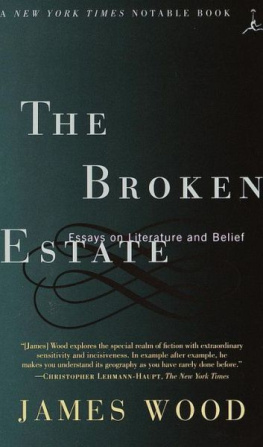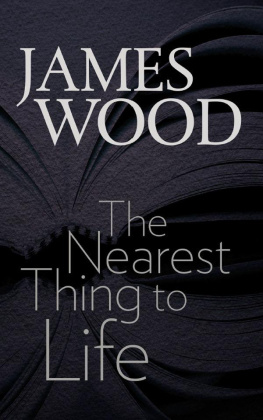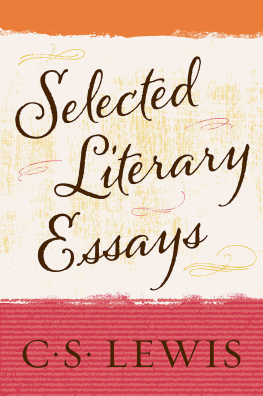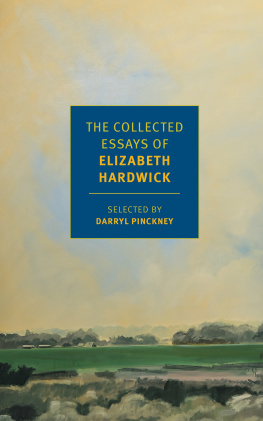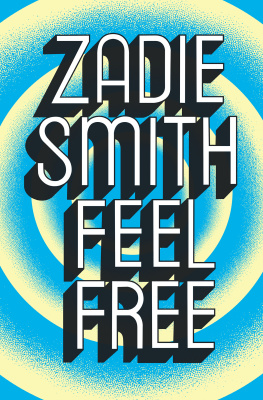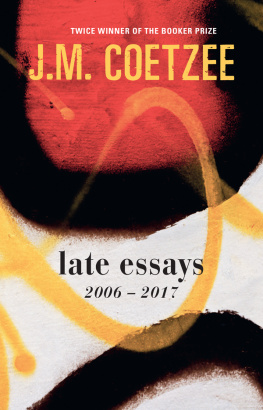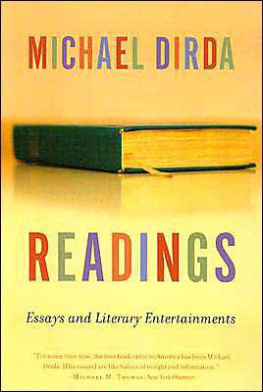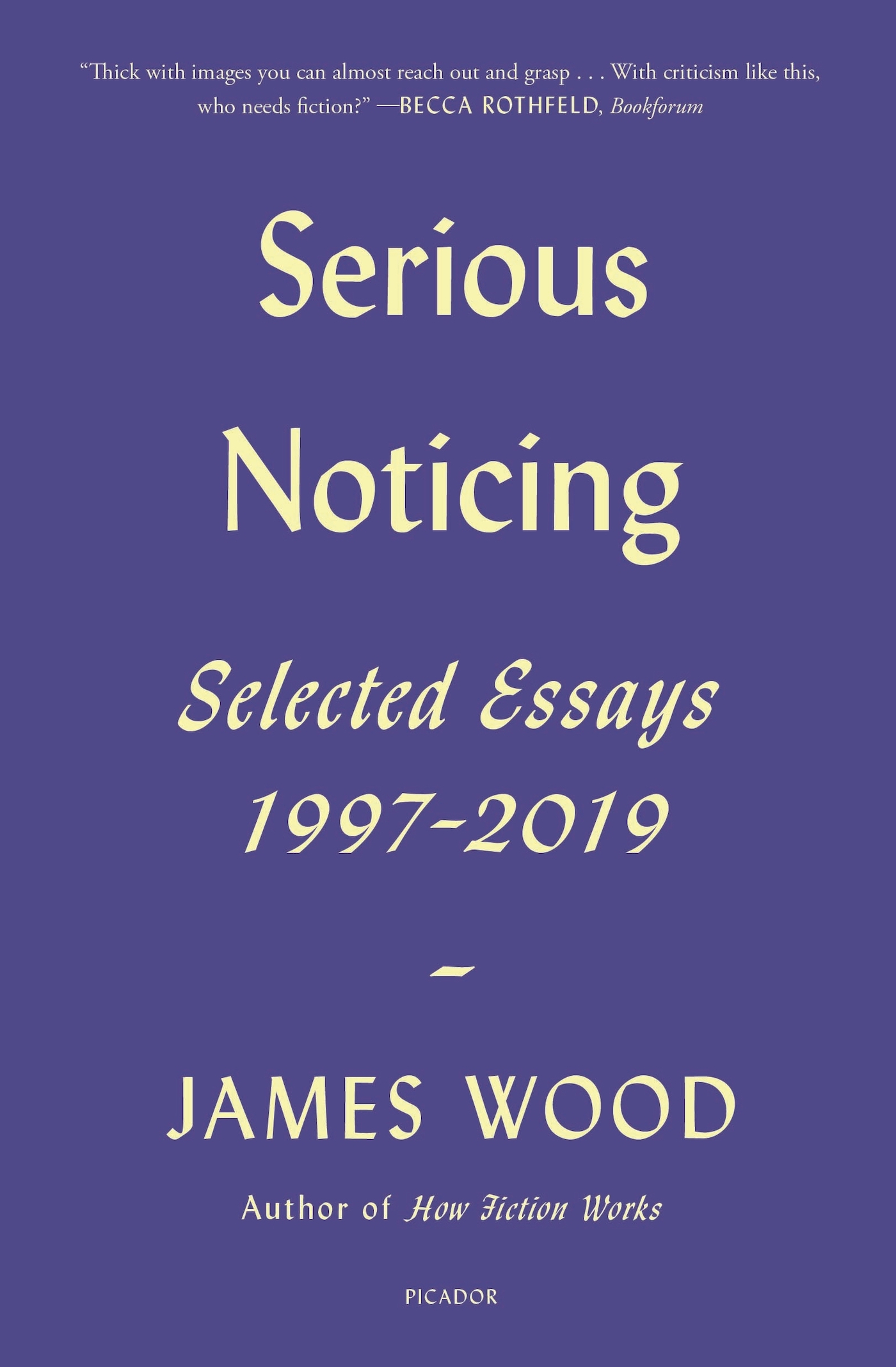The author and publisher have provided this e-book to you for your personal use only. You may not make this e-book publicly available in any way. Copyright infringement is against the law. If you believe the copy of this e-book you are reading infringes on the authors copyright, please notify the publisher at: us.macmillanusa.com/piracy.
I WAS TAUGHT HOW to read novels and poems by a brilliant poststructuralist critic called Stephen Heath. I have an image in my mind of Dr Heath holding a sheet of paper the hallowed text very close to his eyes, the physical proximity somehow the symbolic embodiment of his scrutinising avidity, while he threw out his favourite question about a paragraph or stanza: whats at stake in this passage? He meant something more specific, professionalised and narrow than the colloquial usage would generally imply. He meant something like: what is the dilemma of meaning in this passage? What is at stake in maintaining the appearance of coherent meaning, in this performance we call literature? How is meaning wobbling, threatening to collapse into its repressions? Dr Heath was appraising literature as Freud might have studied one of his patients, where What is at stake for you in being here? did not mean What is at stake for you in wanting to get healthy or happy? but almost the opposite: What is at stake for you in maintaining your chronic unhappiness? The enquiry is suspicious, though not necessarily hostile.
This way of reading could broadly be called deconstructive. Put simply, deconstruction proceeds on the assumption that literary texts, like people, have an unconscious that frequently betrays them: they say one thing but mean another thing. Their own figures of speech (metaphors, images, figurative turns of phrase) are the slightly bent keys to their unlocking. The critic can unravel deconstruct a text by reading it as one might read a Freudian slip. And just as an awareness of how people unconsciously defend and betray themselves enriches our ability to comprehend them, so a similar awareness enriches our comprehension of a piece of literature. Instead of agreeing with peoples self-assessments, we learn how to read them in a stealthy and contrary manner, brushing them against their own grain. At university, I began to understand that a poem or novel might be self-divided, that its intentions might be beautifully lucid but its deepest motivations helplessly contradictory. Indeed, deconstruction tends to specialise in perhaps over-emphasise the ways in which texts contradict themselves: how, say, The Tempest is at once anti-colonialist in aspiration and colonialist in assumption; or how Jane Austens novels are both proto-feminist and patriarchally structured; or how the great novels of adultery, like Anna Karenina and Madame Bovary and Effi Briest, dream of female transgression but simultaneously enforce punishment for that transgression. Critical intelligence is made more complex and sophisticated by an awareness that literature is an always-frail ideological achievement, only ever a sentence away from dissolution. My own reading of literature was permanently altered by this new understanding, and my critical instincts (especially when teaching) are still often deconstructive.
But alongside Dr Heaths question lies the looser, perhaps more generous usage preferred by writers and interested readers. When a book reviewer, or someone in a creative writing workshop, or a fellow author complains, I just couldnt see what was at stake in the book, or I see that this issue matters to the writer, but she didnt manage to make me feel that it was at stake in the novel, a different statement is also being made about meaning. The common implication here is that meaning has to be earned, that a novel or poem creates the aesthetic environment of its importance. A novel in which the stakes are felt to be too low is one that has failed to make a case for its seriousness. Writers are fond of the idea of earned stakes and unearned stakes; a book that hasnt earned its effects doesnt deserve any success.
Im struck by the differences between these two usages. Both are central to their relative critical discourses; each is close to the other and yet also quite far apart. In Stakes (lets call it), the texts success is suspiciously scanned, with the expectation, perhaps hope, that the piece of literature under scrutiny will turn out to be productively unsuccessful. In Stakes, the texts success is anxiously searched for, with the assumption that the piece of literatures lack of success cannot be productive for reading, but simply renders the book not worth picking up. The first way of reading is non-evaluative, at least at the level of craft or technique; the second is only evaluative, and wagers everything on technical success, on questions of craft and aesthetic achievement. Stakes presumes incoherence; Stakes roots for coherence. Both modes are interestingly narrow, and their narrowness mirrors each other. Not to think about literature evaluatively is not to think like a writer it cuts literature off from the instincts and ambitions of the very people who created it. But to think only in terms of evaluation, in terms of craft and technique to think only of literature as a settled achievement favours those categories at the expense of many different kinds of reading (chiefly, the great interest of reading literature as an always unsettled achievement). To read only suspiciously (Stakes) is to risk becoming a cynical detective of the word; to read only evaluatively (Stakes) is to risk becoming a naf of meaning, a connoisseur of local effects, someone who brings the standards of a professional guild to bear on the wide, unprofessional drama of meaning.
Alas, each kind of reading tends to exclude the other. Formal academic study of modern literature began around the start of the twentieth century. But of course, for centuries before that, literary criticism existed outside the academy, practiced as literature by writers. In English alone, that tradition is a very rich one, and includes to name just a few Johnson, De Quincey, Hazlitt, Coleridge, Emerson, Arnold, Ruskin, Woolf, Lawrence, Eliot, Orwell, Jarrell, Hardwick, Pritchett, Sontag. One of the moving things about Coleridges extraordinary book Biographia Literaria (the book that coins the term practical criticism, which in turn became the watchword of academic close reading) is that what he is most earnestly trying to do amidst the crazy theorising and neologising and channelling of Fichte is to convince his readers, through a series of passionately detailed close readings, that his friend and literary competitor William Wordsworth is Englands greatest poet. That is what is at stake for Coleridge. Its one writer speaking about and to another.
This writerly critical tradition continues to flourish, both in and outside the academy. Of course, nowadays even non-academic literary criticism (I mean criticism written for a general audience) has been shaped and influenced by formal literary study. Many writers have studied literature at university, academics and writers teach together, attend conferences and festivals together, and sometimes almost speak the same language (think of Coetzees fiction and academic post-colonialist discourse, Don DeLillos fiction and academic postmodern critique, Toni Morrisons fiction and academic critiques of race). The rise and steady institutionalisation of academic literary criticism means that the long tradition of literary criticism is now really two traditions, the academic (Stakes) and the literary-journalistic (Stakes), which sometimes flow into each other but more often away from each other. Too often, Stakes imagines itself in competition with, disdainful of, or simply inhabiting a different realm from Stakes, and vice versa.


